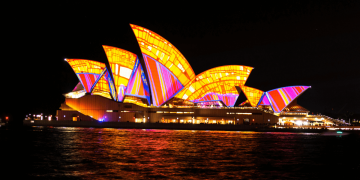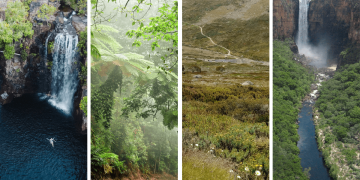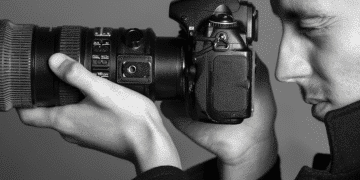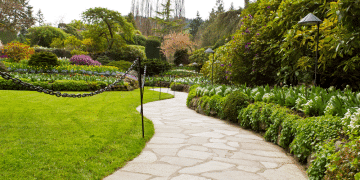Australian Paintings That Capture the Outback’s Soul
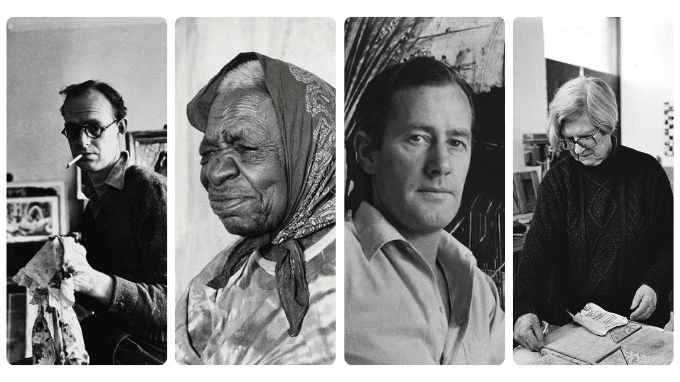
For a long time, the vast and hostile terrain of Australia’s Outback was mythological. More than just elements of the terrain, red deserts, limitless sky, ancient rock formations, and unusual species reflect signs of individuality, strength, and faith. For decades, Australian artists have been attempting to capture the soul of this terrain by creating works displaying both national history and personal connection.
This page looks at some of Australia’s most well-known and significant painters’ paintings depicting the grandeur, solitude, and strength of the Outback.
The Outback as Muse in Australian Art

The Outback is a topic in and of itself not only a backdrop. Uluru’s spiritual monolith, the burned orange sand dunes of the Simpson Desert, and the way the light alters over the cracked ground of the Outback inspire artists to present more than simply landscape. It’s about conserving sentiment, history, culture, and environment.
Australian artists have been painting this scene for a long time using both conventional techniques and fresh ideas. From Indigenous Dreamtime tales to contemporary perspectives, the Outback has been depicted in a great variety. This is so because its cultural connotations are many.
1. Albert Namatjira – The Soul of the MacDonnell Ranges
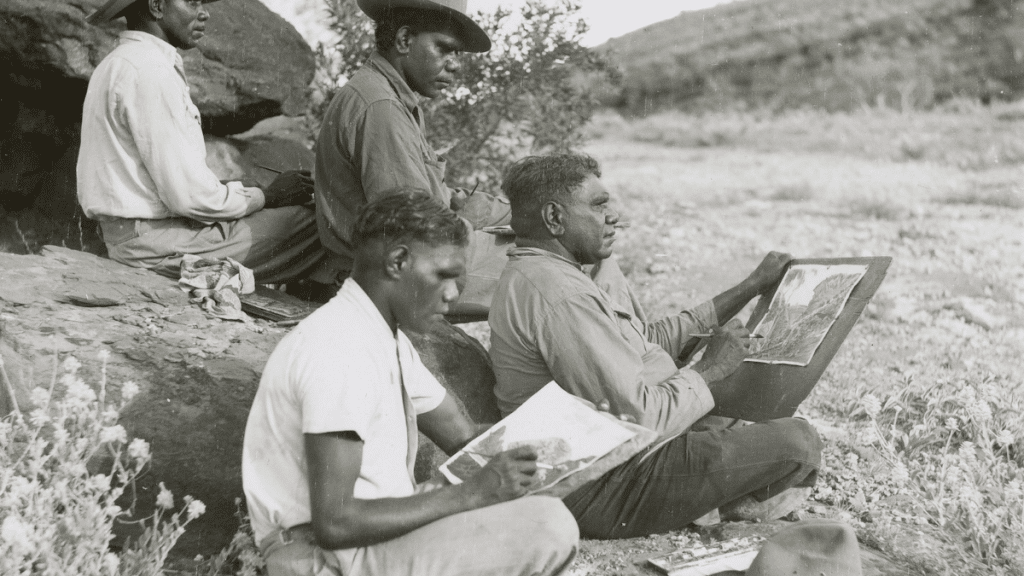
Without Albert Namatjira, no catalogue of Outback-inspired Australian paintings would be complete. One of the first Indigenous Australian artists to be nationally and internationally well-known was Arrernte man from the Northern Territory, Namatjira. His unique watercolues of the 1930s and 1940s Central Australian terrain transformed Australians’ view of their own interior.
Like Ghost Gums, Central Australia and Mount Sonder, his paintings convey the spiritual link he sensed to his country. His use of light and shadow turned the hostile, dry Outback into a site of great beauty and subdued refinement.
Not only did Namatjira contribute to put Indigenous Australian art front and front, but he also changed the perception of the Outback from desolate to magnificent.
2. Russell Drysdale – A Stark Vision of the Interior
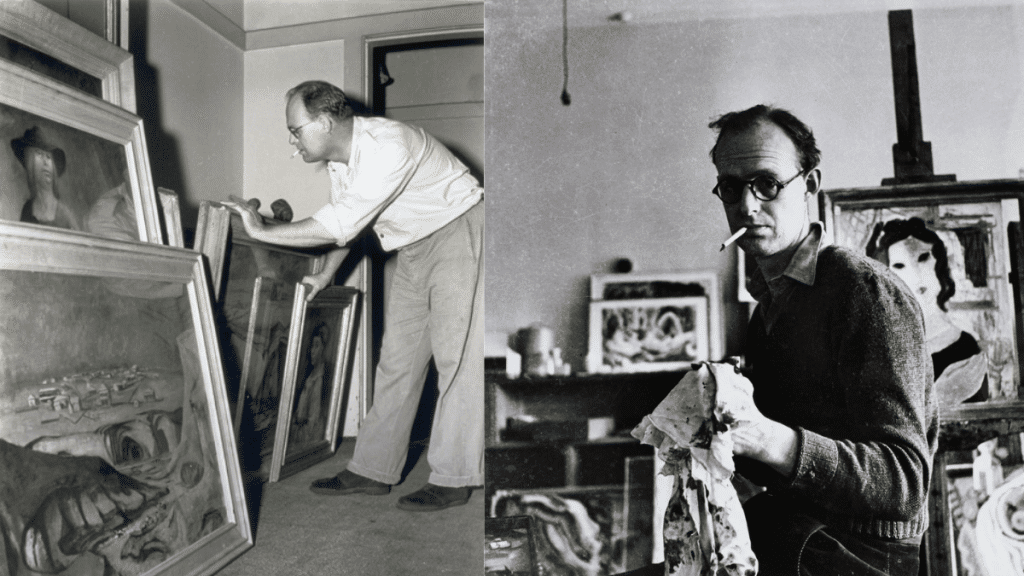
Post-war images of the Outback by Russell Drysdale are poetic, powerful, and eerie. His works, including Sofala (1947) and The Drover’s Wife (1945), catch the psychological weight of Australian interior country existence.
Drysdale concentrated on the barren and lonely side of Outback life—battered buildings, austere figures, large empty spaces—rather than creating a bucolic scene. His subdued color scheme and elongated forms suggest human frailty against austere surroundings.
A pillar of contemporary Australian art, Drysdale helped redefine the Outback as a psychological frontier rather than as a physical venue.
3. Emily Kame Kngwarreye – The Spirit of Country

Senior Anmatyerre woman from Utopia in the Northern Territory Emily Kame Kngwarreye never began painting until she was in her 80s. Still, she produced more than 3,000 pieces that permanently altered Indigenous Australian art less than ten years ago.
Particularly works like Earth’s Creation, her bold, abstract paintings are closely related to her nation and Dreaming. She conveyed seasonal variations, plant cycles, and spiritual information handed down through the years using dots, lines, and gestural brushwork.
One of Australia’s most significant Australian artists, Kngwarreye translates cultural stories into modern abstraction, and her work catches the Outback not in physical terms but rather via its spiritual and ancestral power.
4. Sidney Nolan – The Outback as Myth and Legend
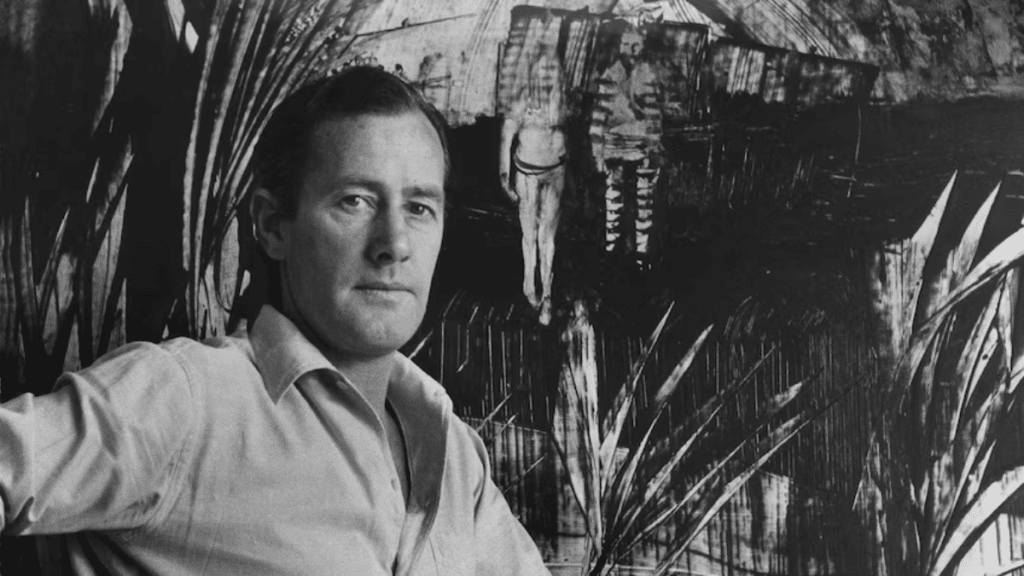
Sidney Nolan’s image of the Outback combines history, myth, and narrative; best known for his Ned Kelly series Nolan painted the Outback as a dramatic theater of national identity using vivid colors, stylized figures, and flat surfaces in works like Kelly and Stringybark Creek and Wimmera.
Kelly’s constant presence—helmet and stoic—wandering the large Outback settings marks defiance, resiliency, and survival. Using Australian art to mythologise both place and narrative, Nolan’s vision of the Outback was less about realism and more about legendary creation.
5. John Olsen – Abstract Adventures Through the Outback
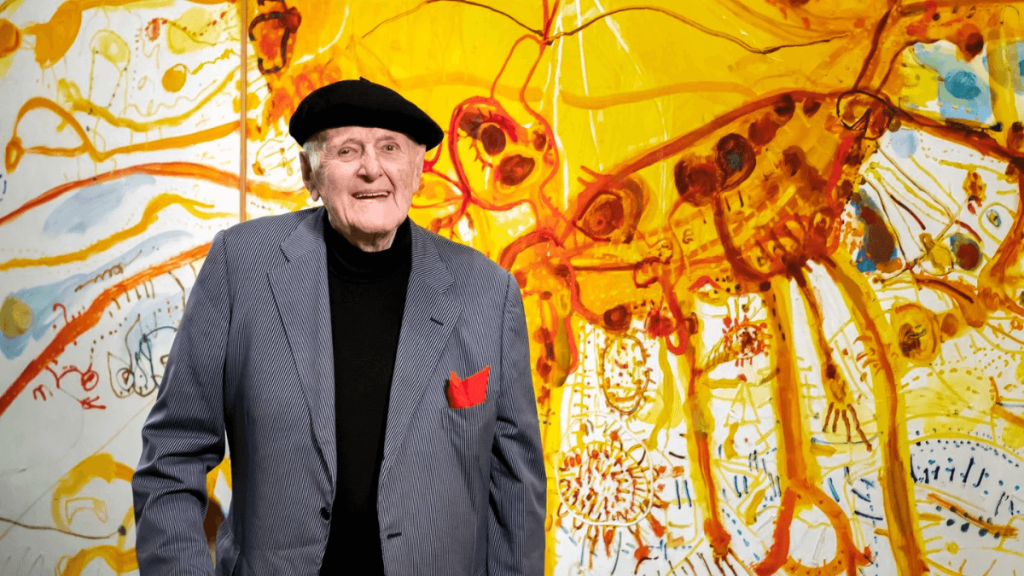
John Olsen portrayed the Australian terrain with an enthusiastic, even happy attitude. Reflecting the flow of life across the Outback, his overhead views and squiggly lines seem to dance across the canvas.
Reimagining the terrain from above, works like Lake Eyre and The You Beaut Country series capture the pulse of rivers, animals, and paths in a free, expressionistic approach. Olsen said his goal was to convey what it felt like to be in the landscape, not its appearance.
His method questioned conventional landscape painting and gave Australian Outback paintings fresh degrees of abstraction.
6. Fred Williams – Textured Landscapes and Earth Tones
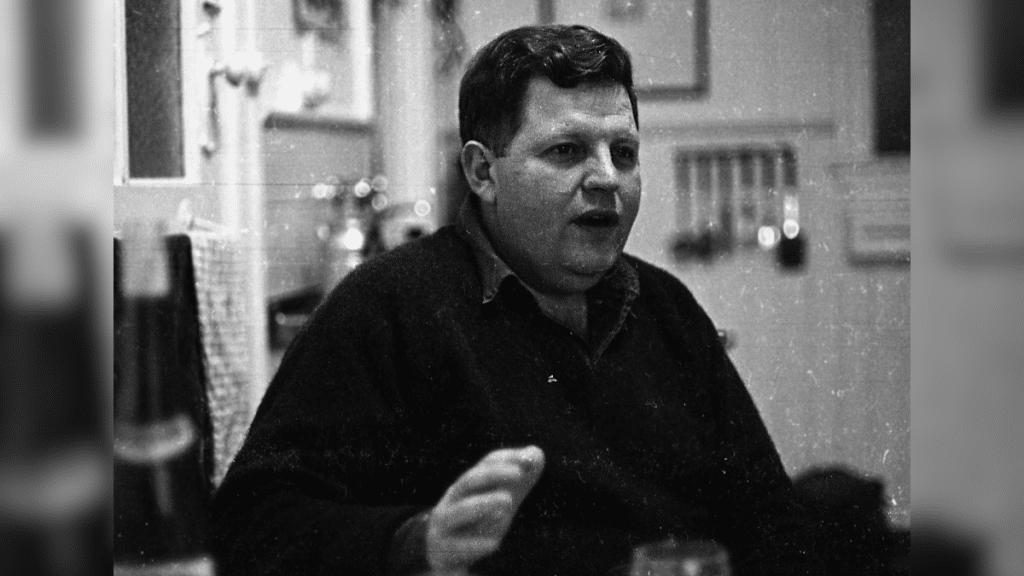
Fred Williams went to the Outback with a distinctive mix of simplicity and intricacy. Though at first glance his paintings seem simple, closer investigation reveals a dense tapestry of lines and textures suggesting the layered intricacy of the ground.
Paintings such as Upwey Landscape and Pilbara Series show the ground not as broad views but rather as intimate impressions—small scratches, blobs, and lines that, taken together, create a strong total. His approach let spectators perceive the Outback from a different perspective: textured, fractured, and very tactile.
7. Minnie Pwerle – Joyful Colour and Cultural Memory

Like Emily Kame Kngwarreye, Minnie Pwerle arrived to painting later in life and earned a name for herself right away. Her vivid colors and forceful brushwork tell Dreaming stories connected to her homeland, Utopia, Northern Territory.
Her most identifiable pieces show body paint designs and ceremonial gestures using looping circles and free-flowing lines. Her works provide a vibrant and feminine vitality to Australian art from the Outback by being bold, direct, grounded in ancient knowledge.
8. Clifton Pugh – Environmental Awareness in the Bush
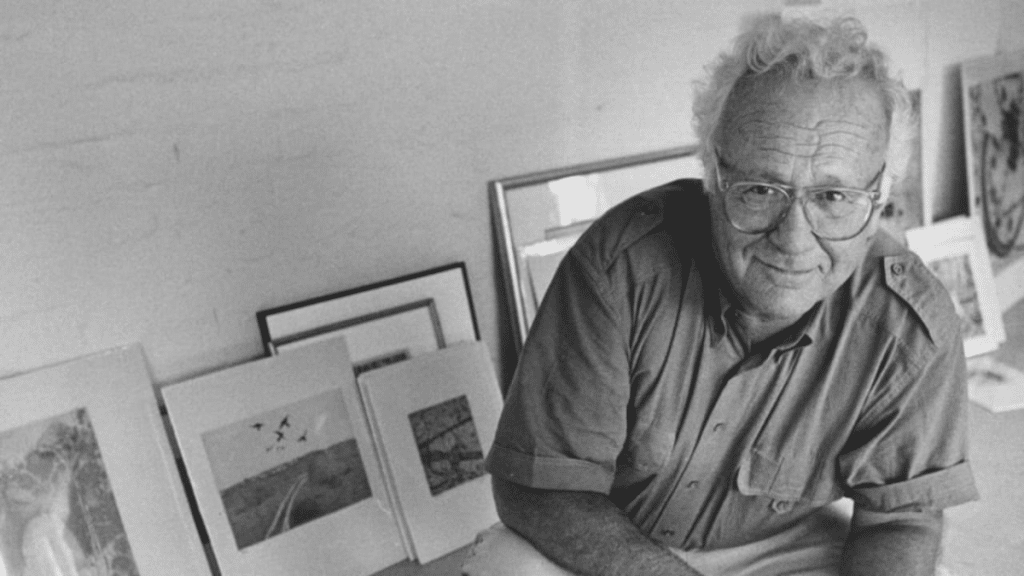
Paintings by Clifton Pugh sometimes explored the interaction between people and environment. His Victorian Mallee and The Death of a Wombat look at the fragility of life and the terrible power of human action in far-off places.
Pugh had a strong environmental awareness, and his Outback works combine romanticism with a faint warning. By use of expressionist brushwork and dark, rich colors, he exposed the conflict between beauty and exploitation—a topic of ever increasing importance in contemporary Australian paintings.
9. Tim Storrier – Symbolism and the Outback at Night
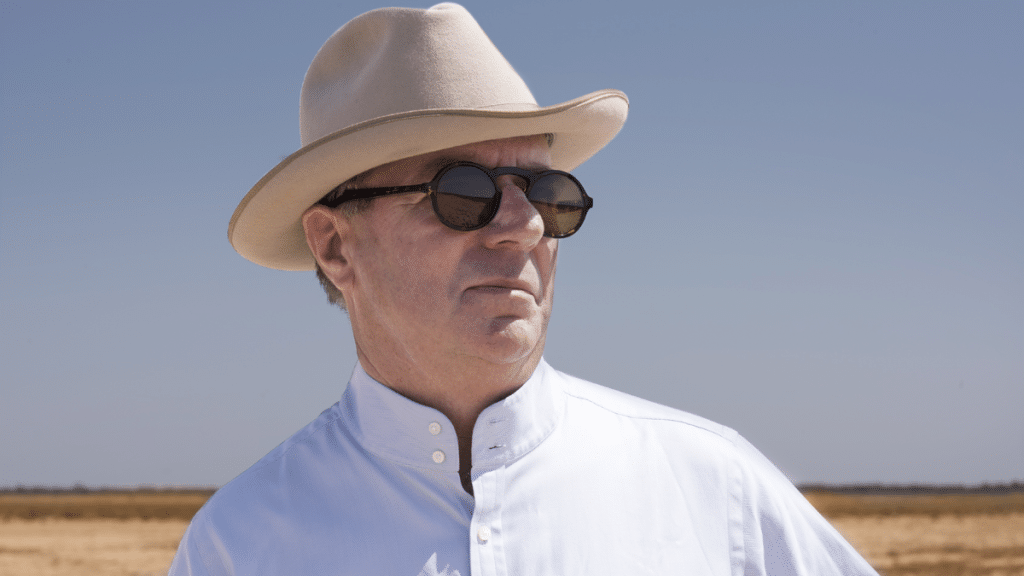
The beautiful and profoundly symbolic way Tim Storrier approaches the Outback is Many of his pieces, such The Dalliance, have trails of fire, burning ropes, or lone individuals crossing a twilight desert, therefore evoking ideas of solitary, travel, and survival.
Storrier presents the Outback as a place of both beauty and existential contemplation, therefore capturing its mystique at night. His work investigates physically and spiritually what it means to be alone in the expanse.
10. Rosalie Gascoigne – Found Objects and Outback Aesthetics
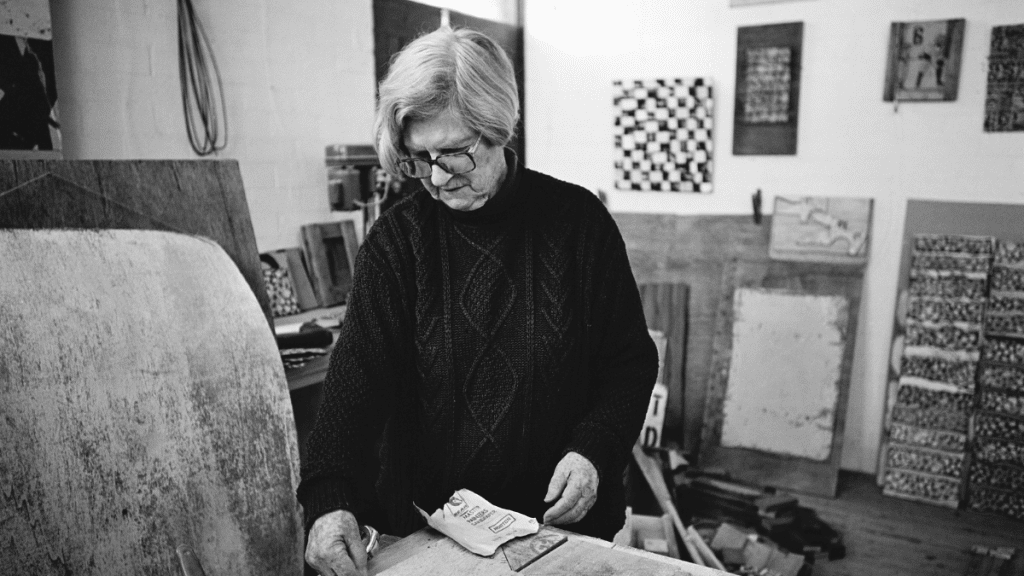
Although Rosalie Gascoigne’s assemblages of various materials—road signs, zinc, wood—powerfully evoke the visual language of the Outback, she is not a painter in the conventional sense. Her compositions, mixed with rustic poetry, sometimes resemble patchworks of the dry, scorched terrain.
Her painting captures the worn-out, weathered, yet intensely characteristically felt interior textures. By doing this, she broadened the idea of Australian art and assisted in including commonplace objects into depictions of the country.
Why These Paintings Matter
These Australian paintings, taken together, provide a communal vision of the Outback that transcends geography and includes sentiment. They catch the light, the heat, the quiet, the mystery, the tales buried in the crimson ground. From Dreamtime mythology, colonial suffering, or modern abstraction, the Outback shows up as a live, breathing figure in Australian art.
These artists illustrated how Australians view a location, not only how it looks. The pieces challenge us to consider issues about identity, survival, belonging, and how the terrain influences us.
The Ongoing Legacy of Outback Art
New generations of Australian artists still investigate and reimagine the Outback today using painting, photography, installation, digital media, etc. Fresh views and viewpoints are brought by artists such as Tony Albert, Betty Kuntiwa Pumani, and Ben Quilty, so assuring that this historic territory will inspire going forward.
Online sites, regional galleries, and art events are also enabling viewers to re-connect with this strong body of work. Whether you reside near the red core of the nation or a city, these works act as reminders of Australia’s immensity, its history, and its beauty.
Final Thoughts
The Outback is a mental state rather than a place. These legendary and strong Australian paintings help us to understand how profoundly the land runs in the Australian psyche. From Indigenous narrative to modern abstraction, from solitude to celebration, the soul of the Outback inspires works as bold, mysterious, and enduring as the land itself.
Therefore, next time you are browsing an exhibition catalogue or visiting an art gallery, stop to consider one of these settings. You could simply sense the dust, the solitude, and the tales of a nation that has influenced the very essence of Australian art.

